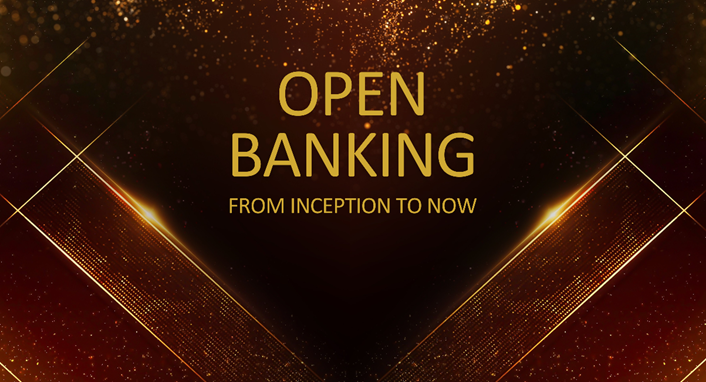
From Inception to Now: Reflecting on Open Banking's Journey
It’s been 9 years since the first regulatory step toward open banking was made in 2015 by the European Parliament with the adoption of PSD2. Open banking, a secure way for customers to control and share financial data beyond their banks, marked a major milestone in the financial services sector. It was a response to the PSD2 legislation, which compelled service providers to enhance customer authentication and security processes.
Described as a mechanism set to revolutionize money management, open banking has enabled major European and UK account providers to securely access services from a diverse array of companies. This initiative has sought to cultivate innovation, transparency and competition by offering APIs, data structures and security architectures to developers. The resulting open finance has expanded services to include mortgages, savings, pensions, insurance and consumer credit.
There has been positive feedback from the banking and fintech industries about open banking's progress over recent years. Recent statistics have highlighted that over 12 million people* (*from Statista) currently benefit from open banking, providing them with innovative services that could help save time, money and facilitate access to products and services.
Looking ahead, regulatory changes such as PSD3 are expected to further drive open banking innovation and competition, underscoring the need for a sustainable remuneration framework in the context of the changes being ushered in by PSD3.
It’s not only banks, fintech companies and financial institutions that can benefit from open banking, but also insurance companies.
In particular, open banking gives insurers the ability to offer products and services that are tailored to customer needs as well as streamline claims processing. It also simplifies the application and onboarding process, saving consumers time when taking out insurance, driving up satisfaction and ultimately improving customer loyalty.
Sara Costantini, Regional Director for the UK & Ireland at CRIF said: “Open banking technology has the potential to bring many benefits to insurers, not least helping those who embrace these innovations to stay ahead of the curve and offer a better service to customers than their competitors.”
Seize the Future: CRIF’s Open Banking Paves the Way for Innovation
CRIF’s Open Banking products for specific use cases offers a secure and efficient method for accessing payment accounts and optimizing creditworthiness assessments for both businesses and consumers. This dynamic process categorizes account transactions and spending behaviors, revealing valuable development opportunities.
In 2023, CRIF was recognized for its open banking value-added services by Forrester in the: Forrester Report: The Forrester Wave™: Open Banking Intermediaries, Q1 2023
Leonardo Piva, Corporate Business Development Director of CRIF Digital said: “We believe that our presence in the Forrester Wave report is recognition of our efforts, investments and results in digital services for financial institutions.”
“As a business community we are facing tough challenges at the moment: now more than ever we want to support our clients in their search for excellence, leveraging CRIF’s ability to innovate and our in-depth knowledge of financial institutions’ processes.”
Recently, CRIF expanded its Open Banking offering by addressing many specific Open Banking use cases with a targeted approach. Some of the most significant are:
- Categorization
- Credit Risk
- Identity Verification
- Cash Flow
- Affordability Check
- Marketing Insights
Financial institutions can benefit from CRIF’s modular approach by choosing the specific use case they require and implementing it. Alternatively, they can harness the full potential of the CRIF Open Banking suite.
CRIF provides organizations with advanced machine learning and artificial intelligence solutions, to help them gain insights and streamline KYC/KYB processes, risk management strategies and loss mitigation techniques.
Using a data-driven approach and harnessing the power of open banking, financial institutions can build lasting and meaningful relationships with their customers. CRIF has always been committed to leading innovation, promoting financial inclusion and supporting the evolution of the financial industry.


